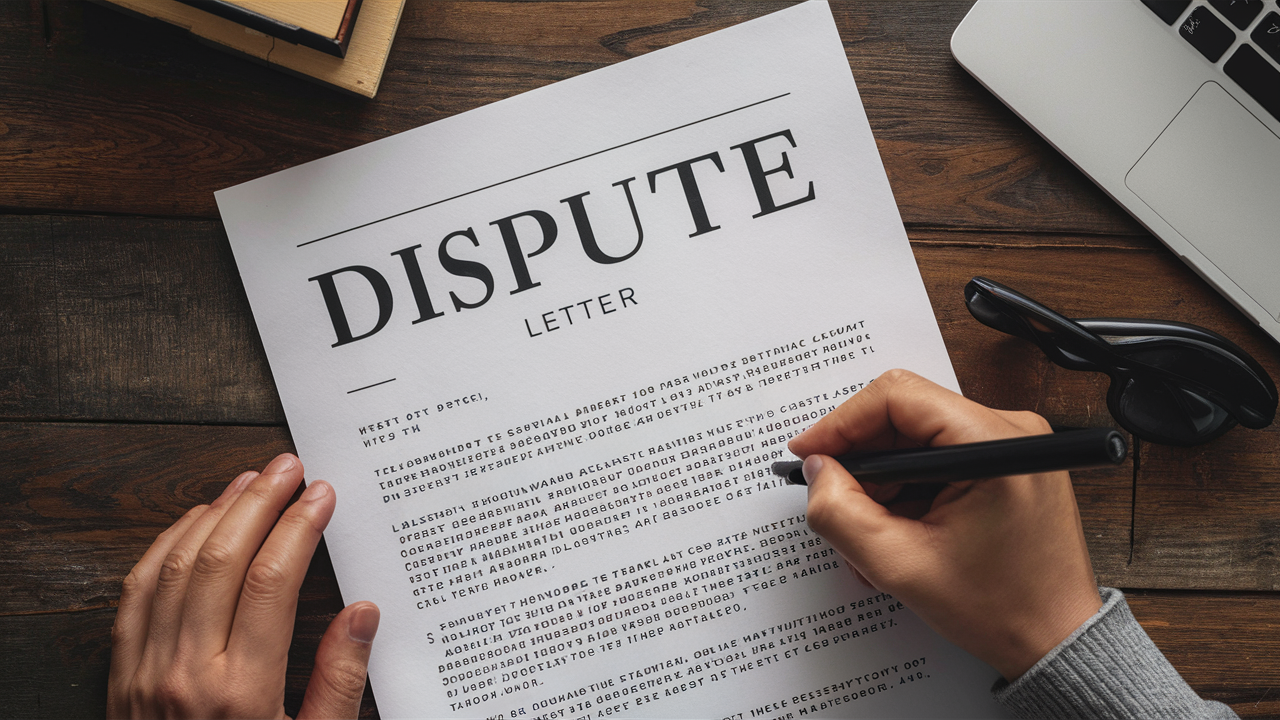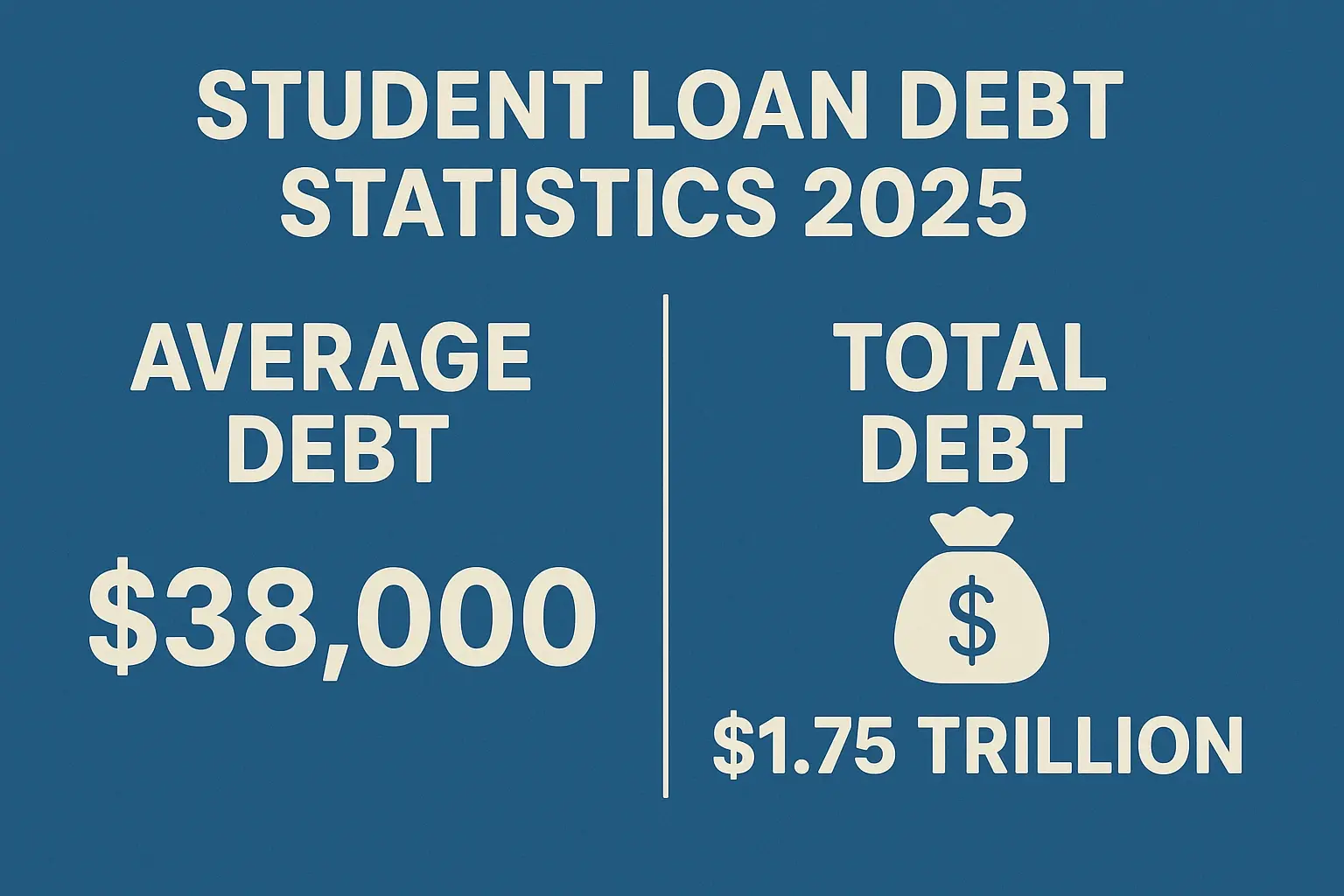-
Posted on: 24 Jul 2024

-
Your credit score is a crucial element of your financial health, impacting everything from loan approvals to interest rates. Negative entries on your credit report can significantly hinder your financial opportunities. Many people turn to credit repair methods, and one popular approach is utilizing a "609 dispute letter." But is a 609 dispute letter truly effective? This comprehensive guide will delve into the mechanics, legality, and effectiveness of 609 dispute letters, helping you understand if it's the right strategy for your credit repair journey.
Understanding the 609 Dispute Letter
A 609 dispute letter is named after Section 609 of the Fair Credit Reporting Act (FCRA). This section outlines your rights regarding information held by credit reporting agencies (Experian, Equifax, and TransUnion). Specifically, it grants you the right to request verification of any information on your credit report.
The premise behind a 609 dispute letter is that if a credit bureau cannot verify the accuracy and completeness of the information within a reasonable timeframe (typically 30 days), they are obligated to remove it from your credit report. This approach differs from a standard dispute letter, which usually targets inaccuracies directly.
The Key Principles Behind 609 Letters
The effectiveness of a 609 dispute letter hinges on several key principles:
- FCRA Compliance: The letter leverages the FCRA's requirements for credit bureaus to maintain accurate and verifiable information.
- Burden of Proof: The burden of proof lies with the credit bureau to verify the information, not with you to disprove it.
- Information Verification: The letter specifically requests verification of the information's source and accuracy.
- Potential for Removal: If verification fails, the credit bureau must remove the disputed item from your credit report.
How Does a 609 Dispute Letter Work?
The process of using a 609 dispute letter typically involves these steps:
- Obtain Your Credit Reports: Request your credit reports from all three major credit bureaus (Experian, Equifax, and TransUnion). You are entitled to a free copy annually from AnnualCreditReport.com.
- Identify Inaccurate or Questionable Items: Carefully review your credit reports and identify any negative entries you believe are inaccurate, incomplete, or unverifiable. This could include late payments, collections accounts, charge-offs, or even incorrect personal information.
- Draft Your 609 Dispute Letter: Compose a letter to each credit bureau individually, citing Section 609 of the FCRA and requesting verification of the specific items you are disputing. Be polite but firm.
- Mail Your Letters: Send your letters via certified mail with return receipt requested. This provides proof that the credit bureaus received your dispute.
- Wait for a Response: The credit bureaus have 30 days to investigate your dispute and provide a response. They must either verify the information, remove it from your report, or notify you that they have completed their investigation.
- Follow Up (If Necessary): If you don't receive a response within 30 days, or if you disagree with the bureau's findings, you can send a follow-up letter reiterating your dispute and requesting further investigation.
What to Include in Your 609 Dispute Letter
A well-crafted 609 dispute letter should include the following:
- Your Full Name and Address: Ensure accuracy for proper identification.
- Date: The date you are sending the letter.
- Credit Bureau's Address: Use the correct address for each bureau.
- Subject Line: Clearly indicate that it is a dispute letter under Section 609 of the FCRA. For example: "FCRA Section 609 Dispute - Request for Verification."
- Account Information: Specify the account number and creditor associated with the item you are disputing.
- Reason for Dispute: Briefly explain why you believe the information is inaccurate or unverifiable. Avoid admitting liability. Focus on procedural issues or lack of verification. Examples: "I am requesting verification of this debt as I do not recognize it," or "I am requesting verification of the accuracy and completeness of this information."
- Request for Verification: Clearly state that you are requesting verification of the debt's validity and accuracy under Section 609 of the FCRA.
- Signature: Your handwritten signature.
- Enclosures (Optional): You can include copies of supporting documents, but be cautious about sending original documents.
Example 609 Dispute Letter Template
While it's best to customize your letter, here's a basic template you can adapt:
[Your Name] [Your Address] [Your City, State, Zip Code] [Date] [Credit Bureau Name] [Credit Bureau Address] [Credit Bureau City, State, Zip Code] Subject: FCRA Section 609 Dispute - Request for Verification Dear [Credit Bureau Name], I am writing to dispute the following information on my credit report, which I obtained on [Date of Credit Report]. I am requesting verification of the accuracy and completeness of this information under Section 609 of the Fair Credit Reporting Act (FCRA). Account Name: [Creditor Name] Account Number: [Account Number] I am disputing this entry because [Briefly state the reason for your dispute, e.g., "I do not recognize this account," or "The balance is incorrect," or "This account is not mine"]. Pursuant to Section 609 of the FCRA, I request that you investigate this matter and provide documentation that verifies the accuracy and completeness of this information. If you cannot provide such verification within the timeframes specified by law, I request that you remove this entry from my credit report. Thank you for your prompt attention to this matter. Sincerely, [Your Signature] [Your Typed Name]
The Effectiveness of 609 Dispute Letters: Realities and Expectations
The effectiveness of a 609 dispute letter is a subject of debate. While some individuals report success in removing negative items from their credit reports using this method, others find it less effective. Several factors influence the outcome:
- Accuracy of the Information: If the information is genuinely inaccurate, a 609 dispute letter has a higher chance of success.
- Verifiability of the Information: If the creditor or credit bureau lacks proper documentation to verify the debt, it may be removed.
- Credit Bureau Policies: Credit bureaus may have varying policies and procedures for handling disputes.
- Consistency of Disputes: Sending consistent, well-documented disputes can increase your chances of success.
- Persistence: Credit repair often requires persistence. Don't be discouraged if your initial attempts are unsuccessful.
When a 609 Letter Might Be Effective
A 609 dispute letter might be more effective in the following situations:
- Identity Theft: If you are a victim of identity theft, a 609 letter can help remove fraudulent accounts from your credit report.
- Inaccurate Information: If the information is clearly incorrect (e.g., wrong account number, incorrect balance), a 609 letter can trigger an investigation and potential removal.
- Old Debts: If the debt is approaching the statute of limitations, creditors may be less likely to invest resources in verifying it.
- Lack of Documentation: If the creditor or credit bureau lacks proper documentation to verify the debt, a 609 letter can force them to remove it.
When a 609 Letter Might Be Less Effective
A 609 dispute letter might be less effective in the following situations:
- Accurate Information: If the information is accurate and verifiable, the credit bureau is unlikely to remove it.
- Recent Activity: If the debt is recent and actively being pursued by the creditor, they are more likely to provide verification.
- Admission of Liability: If you have previously admitted liability for the debt, it may be more difficult to dispute it.
- Frivolous Disputes: Sending frivolous or unsubstantiated disputes can harm your credibility with the credit bureaus.
Alternatives to 609 Dispute Letters
While 609 dispute letters can be a useful tool, they are not the only option for credit repair. Consider these alternatives:
- Standard Dispute Letters: These letters directly challenge the accuracy of specific information on your credit report.
- Debt Validation Letters: These letters, sent to the debt collector, request proof that the debt is valid and that they have the legal right to collect it.
- Pay-for-Delete Agreements: This involves negotiating with the creditor to remove the negative entry from your credit report in exchange for payment of the debt. (Note: This is increasingly rare.)
- Credit Counseling: A credit counselor can help you develop a debt management plan and improve your credit score.
- Time: Over time, negative entries on your credit report will eventually expire (typically after seven years).
The Importance of a Holistic Approach to Credit Repair
The most effective approach to credit repair is a holistic one that combines various strategies, including:
- Regularly monitoring your credit reports: Identify and address any inaccuracies promptly.
- Paying your bills on time: This is the single most important factor in improving your credit score.
- Keeping your credit utilization low: Avoid maxing out your credit cards.
- Avoiding unnecessary credit applications: Each credit application can lower your credit score slightly.
- Patience and persistence: Credit repair takes time and effort.
Legal Considerations and Ethical Practices
It's crucial to understand the legal and ethical implications of credit repair. Avoid companies that promise guaranteed results or encourage you to provide false information. Such practices are illegal and can harm your credit score further.
Always be truthful and accurate in your disputes. Focus on factual inaccuracies or procedural issues, not on trying to deceive the credit bureaus.
The Fair Credit Reporting Act (FCRA) protects your rights as a consumer. Familiarize yourself with your rights and responsibilities under the FCRA.




